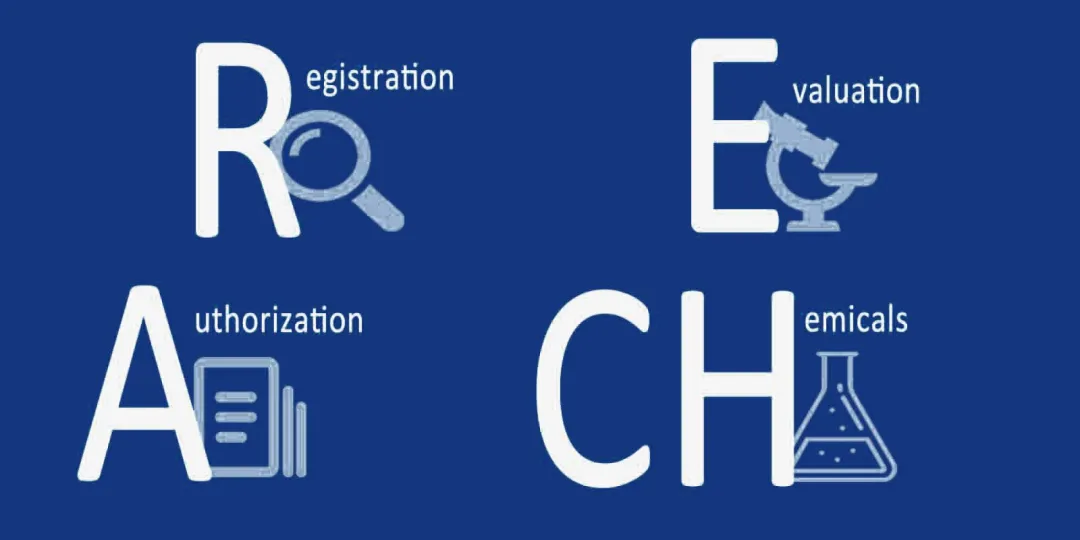
Electronic products EU CE Certification EMC Testing
CE certification Requirements for Products in the European Free Trade Area
Any product that wants to enter the European Free Trade Area must obtain CE certification and affix the CE mark. The CE mark indicates that the product meets the safety requirements specified by EU directives. It represents a commitment from the company to consumers, increasing their trust in the product.

Products with the CE mark will REDuce the risks associated with selling in the European market. These risks include:
A. The risk of being detained and inspected by customs.
B. The risk of being scrutinized by market surveillance authorities.
C. The risk of being accused by competitors for competitive reasons.
Technical Documentation Required for CE Certification:
1. Product instruction manual.
2. Safety design documentation (including key structure diagrams reflecting creepage distance, clearance, number of insULation layers, and thickness).
3. Product technical specifications (or enterprise standards).
4. Product circuit diagram.
5. Product schematic diagram.
6. Copies of the whole machine or component certificates.
7. Other necessary documents.
For more detailed information on CE, please refer to the CE section.
CE Application Process:
1. The manufacturer or relevant laboratory (hereafter referred to as the laboratory) submits a preliminary oral or written application.
2. The applicant fills out the CE-marking application form and sends it along with the product manual and technical documents to the laboratory (if necessary, a sample machine may also be required).
3. The laboratory determines the inspection standards and test items and provides a quotation.
4. The applicant confirms the quotation and sends the samples and relevant technical documents to the laboratory.
5. The applicant provides the technical documents.
6. The laboratory issues a payment notice, and the applicant pays the fees as per the notice.
7. The laboratory conducts product testing and reviews the technical documents.
8. The review of technical documents includes:
a. Checking if the documents are complete.
b. Ensuring the documents are written in an official EU language (English, German, or French).
9. If the technical documents are incomplete or not in the required language, the laboratory will notify the applicant for improvements.
10. If the tests fail, the laboratory will promptly notify the applicant, allowing them to make improvements to the product. This process repeats until the product passes the tests. The applicant should update the technical documents to reflect the changes.
11. The laboratory provides the applicant with the test report or Technical Construction File (TCF), the ce certificate of Conformity (COC), and the CE mark.
12. The applicant signs the CE Declaration of Conformity and affixes the CE mark to the product.
Updates to ce-lvd Safety Directives and Standards:
1. The new EMC Directive 2014/30/EU will take effect on April 18, 2014. The old EMC Directive 2004/108/EC will be phased out on April 20, 2016.
2. Updates to the CE-LVD safety directive:
- The new lvd directive 2014/35/EU requirements will be mandatory from April 20, 2016.
- EU member states must complete the legislative process by April 19, 2016.
3. Updates to the CE-RED Wireless Products Directive:
- On June 12, 2014, the EU formally implemented the new Radio Equipment Directive (RED) 2014/53/EU.
- From June 13, 2017, products that comply with the old R&TTE Directive will no longer be allowed to be sold in the EU market.
Email:hello@jjrlab.com
Write your message here and send it to us
 What Are the Testing Items of California Propositi
What Are the Testing Items of California Propositi
 E-Cigarette EU TPD Testing
E-Cigarette EU TPD Testing
 Testing Certification for E-cigarettes Exported to
Testing Certification for E-cigarettes Exported to
 What is Amazon US CPC Certification?
What is Amazon US CPC Certification?
 UK Toy Safety Regulation Standard EN 71-13
UK Toy Safety Regulation Standard EN 71-13
 What is EU UFI Registration?
What is EU UFI Registration?
 EU UFI Registration for E-cigarette E-liquid
EU UFI Registration for E-cigarette E-liquid
 How to get the MSDS Report for Electronic Cigarett
How to get the MSDS Report for Electronic Cigarett
Leave us a message
24-hour online customer service at any time to respond, so that you worry!




